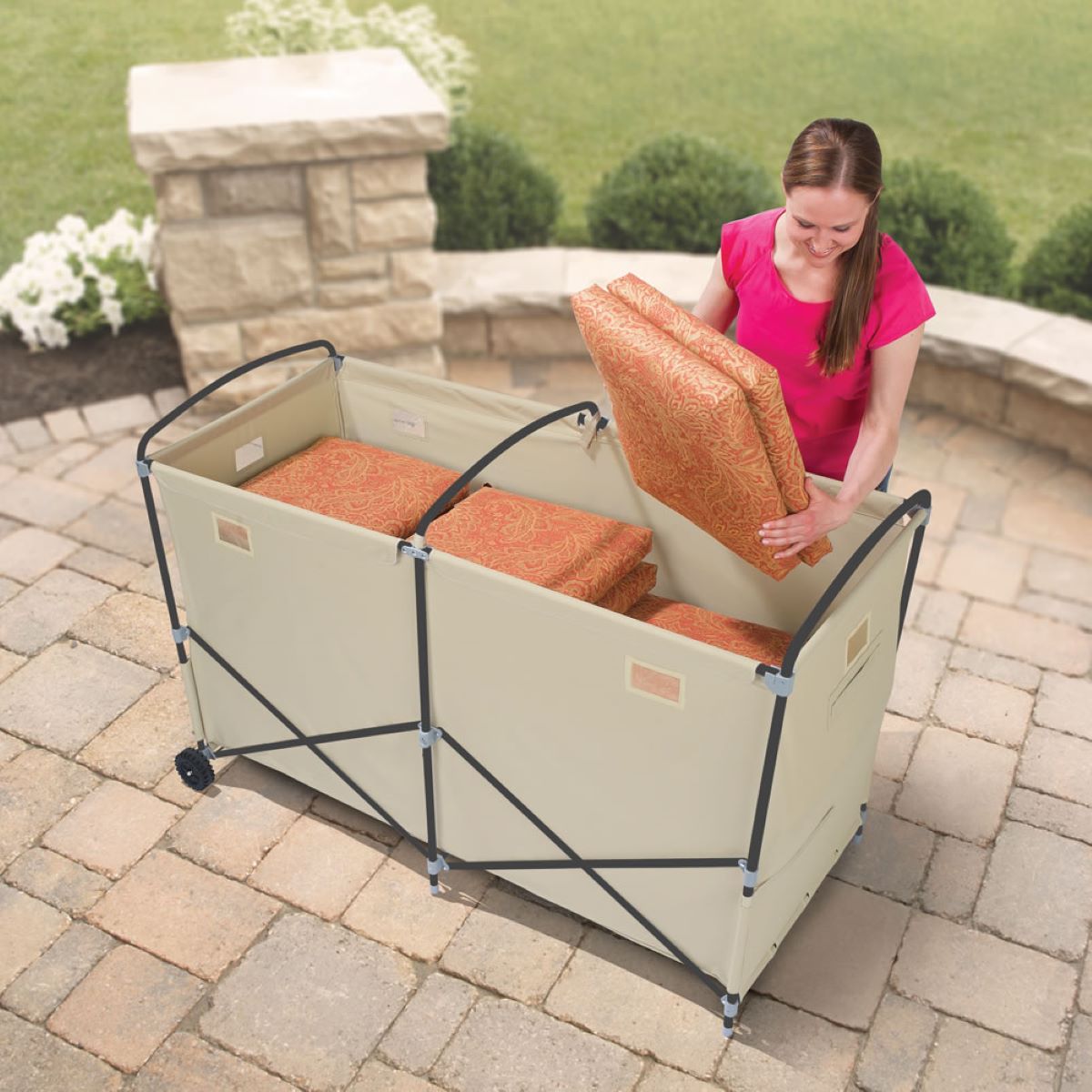

Articles
How To Store Patio Cushions
Modified: January 19, 2024
Discover helpful articles on how to properly store and preserve your patio cushions for extended use and longevity.
(Many of the links in this article redirect to a specific reviewed product. Your purchase of these products through affiliate links helps to generate commission for Storables.com, at no extra cost. Learn more)
Introduction
Having patio cushions can greatly enhance the comfort and style of your outdoor living space. However, when the seasons change or you simply want to protect them from harsh weather conditions, it’s important to know the best way to store them. Proper storage not only ensures their longevity but also makes it easy to retrieve them when needed. In this article, we will guide you through the steps of storing patio cushions effectively so that you can enjoy them for many years to come.
Before diving into the specific storage techniques, it’s crucial to consider a few factors when choosing the right storage area. Factors such as temperature, humidity, and the presence of pests can greatly impact the condition of your cushions over time. Therefore, it’s important to find a storage space that is dry, cool, and free from pests. Areas such as basements, attics, or climate-controlled storage units can be ideal options for indoor cushion storage. If you prefer to store the cushions outside, look for a covered patio or deck where they will be shielded from direct sunlight and rain.
Once you have found the perfect storage area, the next step is to clean and prepare your patio cushions before storing them. This is crucial to ensure that you are starting with fresh and dirt-free cushions when the time comes to use them again. Firstly, remove any debris or loose dirt from the cushions by gently brushing them or using a handheld vacuum. Use mild dish soap mixed with water to clean any stains or spots on the cushions. Be sure to check the care instructions provided by the manufacturer before using any cleaning products.
After cleaning, allow the cushions to air dry completely. This is important because storing damp or wet cushions can lead to mold and mildew growth. It’s best to leave them outdoors in a shaded area or a well-ventilated space until they are completely dry. Once dry, you can proceed to the next step of folding and packaging the cushions.
Folding and packaging the cushions properly is crucial to maximize space and minimize the chances of damage during storage. Start by folding each cushion separately in a neat and even manner. Avoid folding them in half, as this can damage the fillings or cause creases that may not come out easily. Instead, fold them into thirds or quarters, depending on the size of the cushion. Once folded, wrap them in clean, breathable fabric or use cushion storage bags to provide an extra layer of protection.
In the next sections, we will explore specific storage methods for both indoor and outdoor settings. Additionally, we will discuss maintenance tips to ensure your cushions remain in top condition throughout the storage period. By following these guidelines, you can store your patio cushions effectively and enjoy their comfort and beauty whenever you need them.
Key Takeaways:
- Properly storing patio cushions is crucial for maintaining their quality and longevity. Consider factors like temperature, humidity, and light exposure when choosing the right storage area, whether indoors or outdoors.
- Cleaning, preparing, and folding patio cushions correctly before storage is essential to ensure they remain fresh, protected, and ready for use. Utilize storage containers, specialized outdoor storage solutions, and regular maintenance to keep cushions in optimal condition.
Read more: How To Store Patio Cushions In Garage
Section 1: Choosing the Right Storage Area
When it comes to storing patio cushions, choosing the right storage area is key to ensuring their longevity. Here are some factors to consider when selecting the ideal storage space:
- Temperature: Extremes in temperature can negatively impact the cushions. Avoid storing them in areas that are too hot or too cold. Instead, opt for a storage space that maintains a moderate temperature throughout the year.
- Humidity: Excessive moisture can lead to mold and mildew growth, causing damage to your cushions. Look for a storage area that is dry and well-ventilated. If you live in a humid climate, using dehumidifiers or moisture-absorbing packets can help maintain the humidity levels.
- Pest Control: Pests such as insects and rodents can cause significant damage to your cushions. Ensure that the storage area is free from pests by sealing any cracks or openings and using pest control measures, if necessary.
- Light Exposure: Exposure to direct sunlight can fade and weaken the fabric of your cushions. If you choose to store them outdoors, make sure the storage area is covered or opt for a storage unit that provides protection from UV rays.
- Cleanliness: Keep the storage area clean to prevent any dirt or debris from accumulating on the cushions. Regularly sweep or vacuum the space to maintain a clean environment.
Based on these considerations, there are two main options for storing patio cushions: indoors or outdoors. Let’s explore the specifics of each option:
Indoor Storage: Storing your cushions indoors provides them with optimal protection from the elements. Here are some indoor storage options:
- Basement: If you have a dry and well-maintained basement, it can serve as an excellent storage space for your cushions. Ensure that the area is free from moisture and pests.
- Attic: If your attic is properly insulated and ventilated, it can be a suitable option for storing cushions. Be cautious of extreme temperatures, as attics can get very hot during the summer months.
- Climate-controlled Storage Unit: Consider renting a climate-controlled storage unit for maximum protection. These units maintain a consistent temperature and humidity level, which is ideal for preserving the quality of your cushions.
Outdoor Storage: Storing your cushions outdoors is a convenient option, especially if you have limited indoor storage space. However, it’s essential to take precautions to protect them from the elements:
- Covered Patio or Deck: If you have a covered outdoor space, such as a patio or deck, it can provide adequate protection from direct sunlight and rain. Ensure that the area is well-ventilated to prevent moisture buildup.
- Storage Sheds: Invest in a high-quality, weatherproof storage shed to keep your cushions safe from rain, snow, and UV exposure. Make sure the shed has proper ventilation to prevent condensation.
Choosing the right storage area is crucial to maintain the quality and durability of your patio cushions. Consider the temperature, humidity, pest control measures, light exposure, and cleanliness of the storage space to ensure the cushions remain in excellent condition. In the next section, we will discuss the necessary steps for cleaning and preparing your cushions before storage.
Section 2: Cleaning and Preparing the Cushions
Before storing your patio cushions, it’s important to clean and prepare them properly. Follow these steps to ensure your cushions are fresh and ready for storage:
- Remove Loose Debris: Start by removing any loose debris from the cushions. Use a soft brush or a handheld vacuum with a brush attachment to gently remove dirt, leaves, or any other particles. Take care not to damage the fabric or stitching.
- Spot Clean Stains: Check the cushions for any stains or spots. Use a mild dish soap mixed with water to spot clean the affected areas. Dip a clean cloth into the soapy water and gently scrub the stains in a circular motion. Avoid using harsh chemicals or bleach, as they can damage the fabric. Test the cleaning solution on a small, inconspicuous area of the cushion first to ensure it doesn’t cause any discoloration or damage.
- Rinse with Clean Water: After spot cleaning, rinse the cushions with clean water to remove any soap residue. You can use a garden hose or a spray bottle filled with water to rinse them thoroughly. Make sure to rinse both sides of the cushions and allow them to air dry completely.
- Protective Spray or Fabric Sealant: Consider applying a protective spray or fabric sealant to create a barrier against stains, water, and UV damage. These products can help prolong the life of your cushions. Follow the instructions provided by the manufacturer for proper application.
- Air Dry Completely: It’s essential to ensure that the cushions are completely dry before storing them. Damp cushions can develop mold and mildew during storage, leading to unpleasant odors and potential damage. Leave the cushions in a well-ventilated area or outdoors in a shaded spot until they are completely dry.
- Fluff and Realign: Before folding or packaging the cushions, give them a gentle shake and fluff to restore their shape. Smooth out any wrinkles or creases and realign the cushion fillings to ensure even distribution.
By following these cleaning and preparation steps, you can ensure that your patio cushions are fresh, clean, and ready for storage. Removing debris, spot cleaning stains, rinsing with water, applying protective sprays, and allowing the cushions to air dry completely are essential steps in maintaining the quality and appearance of your cushions. In the next section, we will discuss the techniques for folding and packaging your cushions for storage.
Section 3: Folding and Packaging the Cushions
Properly folding and packaging your patio cushions is crucial to maximize space and protect them during storage. Follow these steps to ensure your cushions are stored efficiently and securely:
- Fold Individual Cushions: Start by folding each cushion individually. Avoid folding them in half, as this can cause creases that may be difficult to remove. Instead, fold them into thirds or quarters, depending on the size of the cushion. Folding them evenly will help prevent any lumps or unevenness in the cushion’s fillings.
- Use Clean, Breathable Fabric: Before placing the folded cushions in storage, wrap them in clean, breathable fabric. This will provide an additional layer of protection and prevent any dust or dirt from settling on the cushions. Avoid using plastic or non-breathable materials, as they can trap moisture and lead to mold or mildew growth.
- Cushion Storage Bags: Alternatively, you can use cushion storage bags specifically designed for this purpose. These bags often come with zippers or ties to keep the cushions securely sealed. They are made from breathable materials that allow air circulation, while still providing protection against dust and pests.
- Labeling: If you have multiple sets of cushions or different sizes, it can be helpful to label each bag or wrap with the corresponding cushion size or set name. This will make it easier to locate specific cushions when you need to retrieve them from storage.
- Stacking: Once the cushions are folded and packaged, stack them carefully in your chosen storage area. Place heavier cushions at the bottom to provide stability and prevent any crushing or damage to the lighter cushions on top. Avoid stacking the cushions too high, as this can increase the risk of them toppling over or becoming misshapen.
- Avoid Compression: It’s important to avoid compressing the cushions too tightly. This can cause the cushion fillings to flatten or lose their shape over time. Allow for some space between the cushions to ensure proper air circulation.
- Store Vertically: If you have limited storage space or a large number of cushions, storing them vertically can be a space-saving option. Simply stand the cushions upright, either in storage bags or on their own, ensuring they are stable and won’t topple over.
By following these folding and packaging techniques, you can store your patio cushions efficiently and protect them from dust, pests, and damage. Whether you choose to wrap them in breathable fabric or use cushion storage bags, the key is to keep them clean, well-organized, and easily accessible for future use. In the next sections, we will discuss specific storage methods for indoor and outdoor settings.
Section 4: Using Storage Containers
Using storage containers is an effective way to keep your patio cushions organized, protected, and easily accessible. Here are some tips for utilizing storage containers for cushion storage:
- Choose the Right Container: Select storage containers that are specifically designed for outdoor use and are large enough to comfortably fit your cushions. Opt for containers made of durable materials such as plastic or resin that are weather-resistant and provide airtight or waterproof seals.
- Clean and Dry: Before placing your cushions in the containers, ensure that they are clean, dry, and properly folded or packaged. This will prevent any dirt or moisture from being trapped inside the container, which could potentially cause mold or mildew growth.
- Use Divider Panels: If you have multiple sets of cushions or different sizes, consider using divider panels inside the storage containers. This will help keep the cushions organized and prevent them from shifting or getting mixed up during storage.
- Protective Cushion Covers: If you prefer an extra layer of protection, place your folded or packaged cushions inside protective cushion covers before placing them in the storage containers. These covers can provide an additional barrier against dust, sunlight, and pests.
- Labeling: Label each storage container with the corresponding cushion set or size to easily identify the cushions inside. This will make it convenient when you need to retrieve specific cushions in the future.
- Stacking: Stack the storage containers neatly, with heavier containers at the bottom and lighter ones on top. Ensure that the containers are sturdy and won’t collapse under the weight of the cushions. Avoid stacking them too high to reduce the risk of containers toppling over.
- Consider Rolling Carts: If you have limited space or frequently need to move your cushions, invest in rolling carts. These carts make it easy to transport and store your cushions, as you can wheel them in and out of your storage area with ease.
- Keep Containers Elevated: To prevent any damage from potential leaks or flooding, keep the storage containers elevated from the ground. Place them on pallets, shelves, or use risers to elevate them and provide airflow underneath.
Using storage containers for your patio cushions offers several benefits, including protection from dust, moisture, pests, and easy organization. By choosing the right containers, keeping them clean and dry, utilizing divider panels, and labeling them, you can maintain the condition of your cushions and make storage and retrieval a breeze. In the next sections, we will explore specific techniques for storing cushions indoors and outdoors.
Store patio cushions in a dry, well-ventilated area to prevent mold and mildew. If possible, use a storage bin or cover to protect them from dust and moisture.
Read more: How To Waterproof Patio Cushions
Section 5: Storing Cushions Indoors
Storing your patio cushions indoors provides them with optimal protection from the elements. Here are some techniques for storing cushions indoors:
- Basement: If you have a dry and well-maintained basement, it can serve as an excellent storage space for your cushions. Ensure that the area is free from moisture and pests. Use plastic or resin storage containers with airtight seals to keep the cushions clean and protected.
- Attic: If your attic is properly insulated and ventilated, it can be a suitable option for storing cushions. Be cautious of extreme temperatures, as attics can get very hot during the summer months. Use plastic or resin storage containers to protect the cushions from dust and pests.
- Climate-controlled Storage Unit: Consider renting a climate-controlled storage unit for maximum protection. These units maintain a consistent temperature and humidity level, which is ideal for preserving the quality of your cushions. Use storage containers with airtight seals and consider adding moisture-absorbing packets to prevent any moisture damage.
- Closets or Cabinets: If you have ample closet or cabinet space available, you can store your cushions there. Clean and dry the area thoroughly before placing the cushions. Ensure that the space is not prone to moisture or pests. Use breathable fabric covers or cushion storage bags to protect the cushions from dust and easily stack them inside.
- Underneath Furniture: Utilize the space underneath furniture, such as beds or sofas, to store your cushions. Ensure that the area is clean, dry, and free from pests. Place the cushions in storage containers or wrap them in breathable fabric to prevent dust accumulation. This is a convenient option if you have limited storage space.
When storing cushions indoors, it’s crucial to choose a location that is dry, free from pests, and has a moderate temperature. Using storage containers or fabric covers will offer additional protection against dust and dirt. Label the storage containers or bags for easy identification when you need to retrieve specific cushions. Regularly check the storage area to ensure no issues such as moisture buildup or pest infestations occur.
By following these techniques, you can store your patio cushions indoors with peace of mind, knowing that they are well-protected. In the next section, we will discuss how to store cushions outdoors for those who have limited indoor storage space or prefer to keep their cushions easily accessible outside.
Section 6: Storing Cushions Outdoors
Storing your patio cushions outdoors can be a convenient option if you have limited indoor storage space or prefer to have them easily accessible. However, it’s important to take precautions to protect them from the elements. Here are some techniques for storing cushions outdoors:
- Covered Patio or Deck: If you have a covered outdoor space, such as a patio or deck, it can provide adequate protection from direct sunlight and rain. Place the cushions on a clean, dry surface and stack them neatly. Utilize cushion storage bags or covers to protect the cushions from dust, pollen, and other outdoor debris.
- Storage Sheds: Invest in a high-quality, weatherproof storage shed to keep your cushions safe from rain, snow, and UV exposure. Ensure that the shed has proper ventilation to prevent condensation. Stack the cushions inside the shed, using storage containers or fabric covers for added protection.
- Furniture with Built-in Storage: If you have outdoor furniture with built-in storage compartments, take advantage of them to store your cushions. Ensure that the compartments are clean and dry before placing the cushions inside. Use cushion storage bags or covers to protect the cushions from dust and keep them organized.
- Waterproof Storage Benches: Consider using waterproof storage benches to store your cushions outdoors. These benches provide dual functionality, acting as both seating and storage. Choose benches with a secure lid and ensure that they have proper weatherproofing to keep the cushions dry and protected.
- Specialized Outdoor Storage Solutions: Explore specialized outdoor storage solutions designed specifically for cushion storage. These solutions often include weatherproof storage cabinets or chests with dividers or compartments for organizing the cushions. They offer optimal protection from the elements while keeping your cushions readily accessible.
When storing cushions outdoors, it’s crucial to choose a location that offers some protection from direct sunlight and rain. Utilizing cushion storage bags or covers will provide additional safeguard against dust, pollen, and outdoor debris. Regularly inspect the storage area to ensure no water leaks or damage occur. Clean the storage area periodically to prevent any issues such as mold or mildew growth.
By following these techniques, you can store your patio cushions outdoors while keeping them protected and easily accessible. Remember to use weatherproof storage solutions, cover the cushions with cushion storage bags or covers, and regularly inspect the storage area for any signs of damage or moisture. In the next section, we will discuss important tips for maintaining your cushions during storage to ensure they remain in top condition.
Section 7: Maintaining Cushions during Storage
Proper maintenance is key to ensuring that your patio cushions remain in top condition throughout the storage period. Here are some important tips for maintaining your cushions during storage:
- Regular Inspection: Periodically inspect your stored cushions to ensure there are no signs of damage or pest infestations. Look for any mold, mildew, or discoloration, and address any issues immediately to prevent further damage.
- Air Circulation: Allow for proper air circulation around the cushions to prevent moisture buildup and the growth of mold or mildew. Avoid storing them in airtight containers or covering them with non-breathable materials.
- Rotate and Fluff: Every few months, rotate and fluff the cushions to prevent uneven compression and maintain their shape. This will help prevent any lumps or flat spots from developing in the cushion fillings.
- Keep Away from Moisture Sources: Ensure that your storage area is free from any potential sources of moisture, such as leaking pipes, condensation, or damp walls. Moisture can lead to mold and mildew growth, causing damage to your cushions.
- Pest Control: Implement pest control measures in your storage area to prevent any infestations. This can include using insect repellents, sealing any potential entry points, or placing pest repellent sachets near the cushions.
- Clean and Dry Before Use: Before using your cushions again, thoroughly clean and dry them to remove any dust or debris that may have settled during storage. Spot clean any stains or wash the entire cushion if necessary, following the manufacturer’s instructions.
- Proper Handling: When retrieving your cushions from storage, handle them with care to avoid any tears, snags, or damage. Avoid using sharp objects or excessive force when unpacking or unfolding them.
By following these maintenance tips, you can ensure that your patio cushions remain in excellent condition during storage. Regular inspections, proper airflow, rotating and fluffing, moisture prevention, pest control, and careful handling will all contribute to the longevity of your cushions and ensure they are ready for use when the time comes.
As a final reminder, always refer to the manufacturer’s instructions for any specific care or storage recommendations for your patio cushions. Every type of cushion material may have its own unique requirements, and it’s important to follow these guidelines to maintain their integrity and prolong their lifespan.
With proper storage, maintenance, and care, your patio cushions will continue to provide comfort and enhance the aesthetic appeal of your outdoor living space for years to come.
Conclusion
Storing your patio cushions properly is essential to maintain their quality and prolong their lifespan. By following the right techniques and taking the necessary precautions, you can ensure that your cushions remain clean, protected, and ready for use whenever you need them.
Choosing the right storage area, whether indoors or outdoors, sets the foundation for effective cushion storage. Consider factors such as temperature, humidity, light exposure, and cleanliness when selecting the storage space. Indoor options such as basements, attics, or climate-controlled storage units provide excellent protection, while outdoor options like covered patios or storage sheds can be convenient for easy access.
Cleaning and preparing your cushions before storage is crucial. Removing loose debris, spot cleaning stains, and allowing the cushions to air dry completely are essential steps to ensure they are fresh and ready for storage. Applying protective sprays or fabric sealants can also help to prolong their life and protect them from stains and UV damage.
Folding and packaging the cushions correctly is essential to maximize space and protect them from damage. Folding them evenly, using clean and breathable fabric, or utilizing cushion storage bags provide an extra layer of protection against dust, pests, and moisture. Stacking the cushions carefully and avoiding compression will help maintain their shape and integrity over time.
Depending on your storage options, whether indoors or outdoors, there are various storage solutions available. Utilizing storage containers, specialized outdoor storage solutions, or utilizing furniture with built-in storage compartments can help keep your cushions organized and protected.
Additionally, maintaining your cushions during storage is crucial. Regular inspections, proper air circulation, rotating and fluffing, and keeping your storage area free from moisture and pests are important steps to keep your cushions in optimal condition.
By following these guidelines, you can store your patio cushions effectively and ensure they remain in excellent condition during the storage period. Whether you choose to store them indoors or outdoors, the key is to provide them with the right environment, protect them from dust, pests, and moisture, and conduct regular maintenance.
Remember to consult the manufacturer’s instructions for specific care and storage recommendations for your cushions. With proper storage techniques, maintenance, and care, your patio cushions will continue to enhance the comfort and style of your outdoor living space for years to come.
Frequently Asked Questions about How To Store Patio Cushions
Was this page helpful?
At Storables.com, we guarantee accurate and reliable information. Our content, validated by Expert Board Contributors, is crafted following stringent Editorial Policies. We're committed to providing you with well-researched, expert-backed insights for all your informational needs.


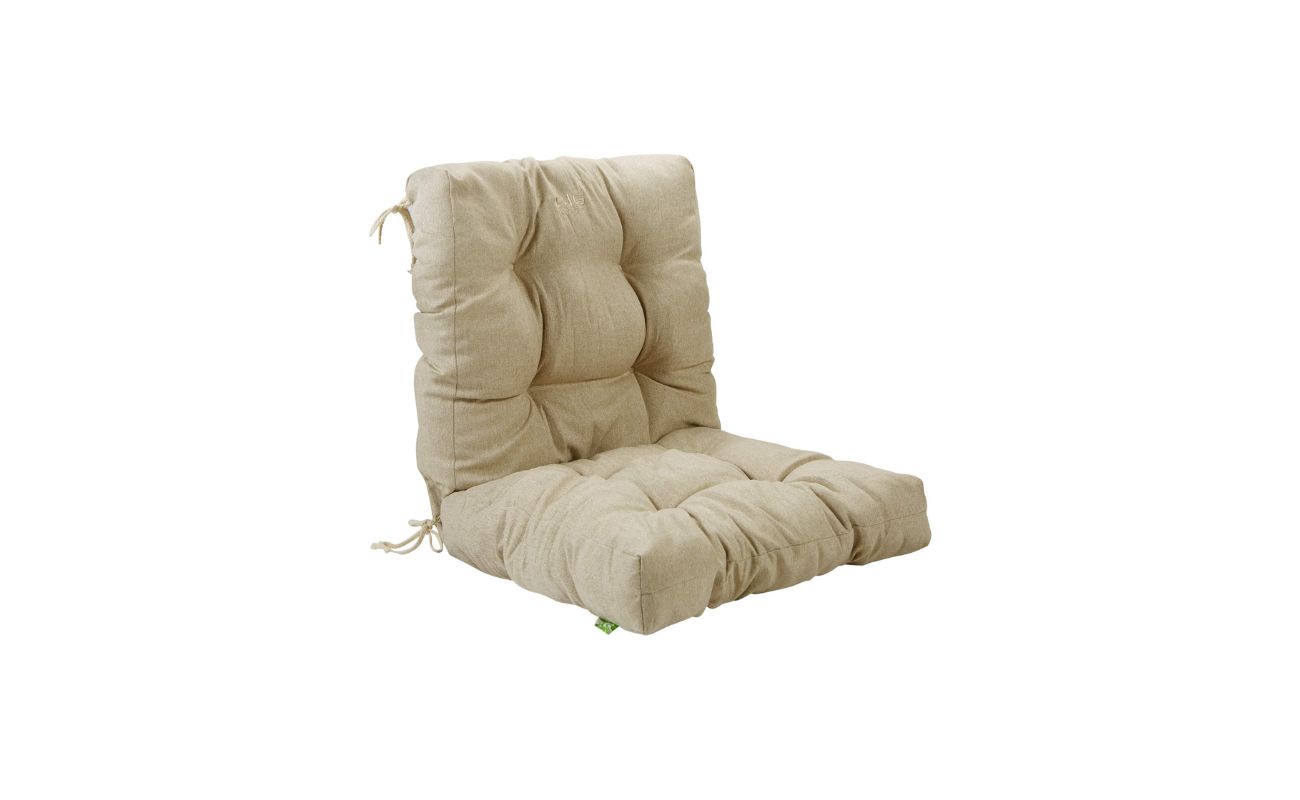
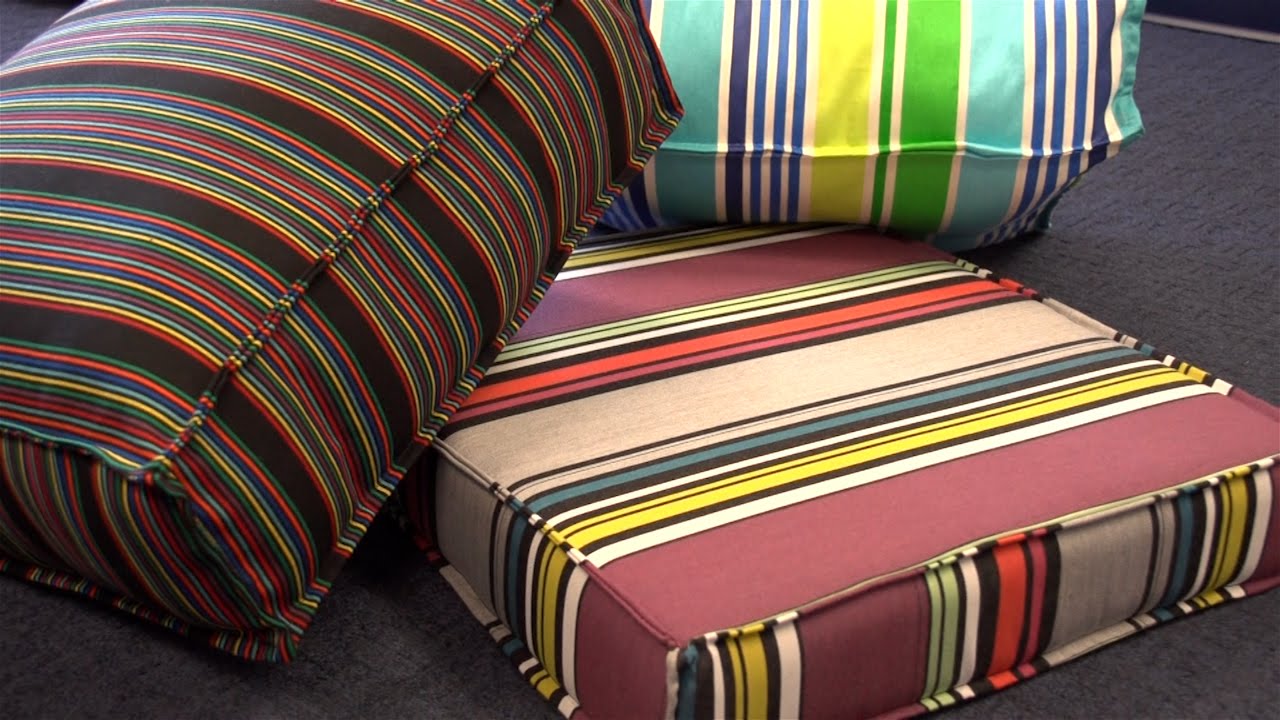
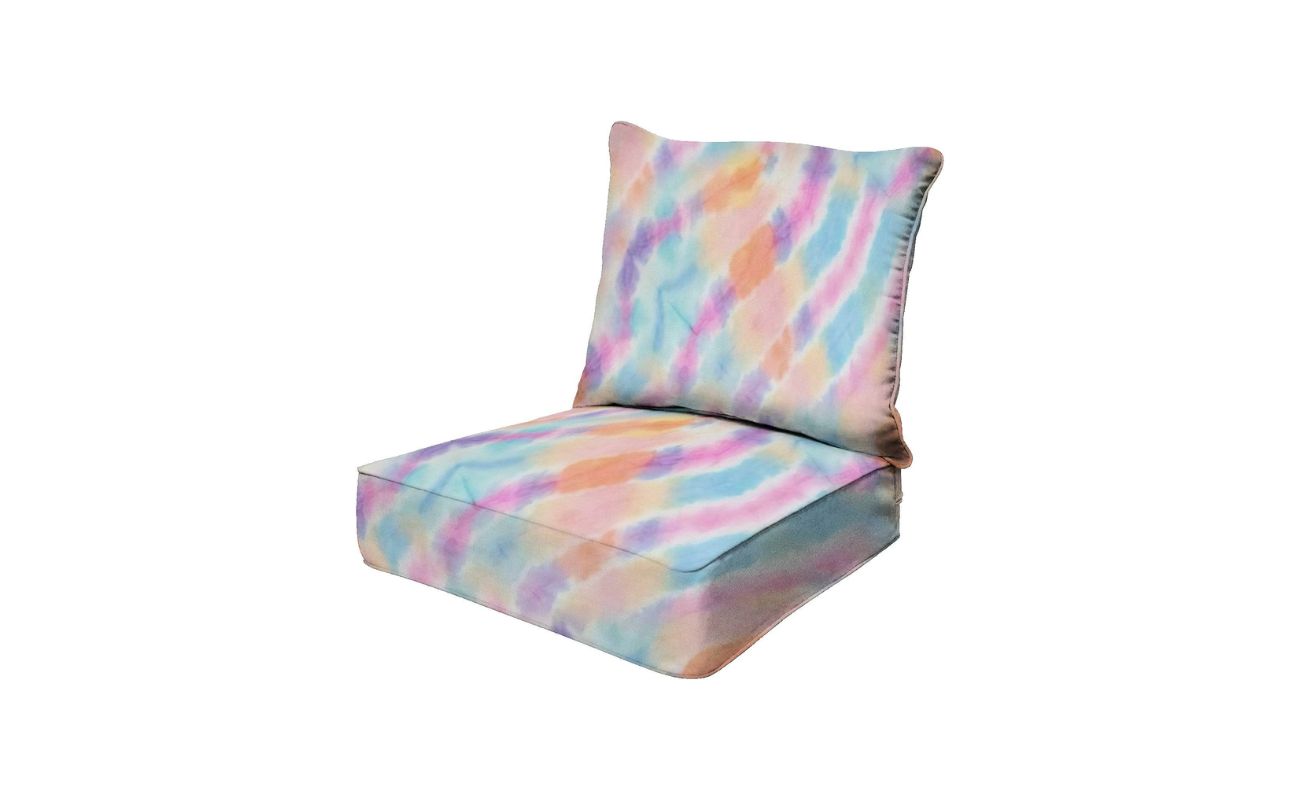
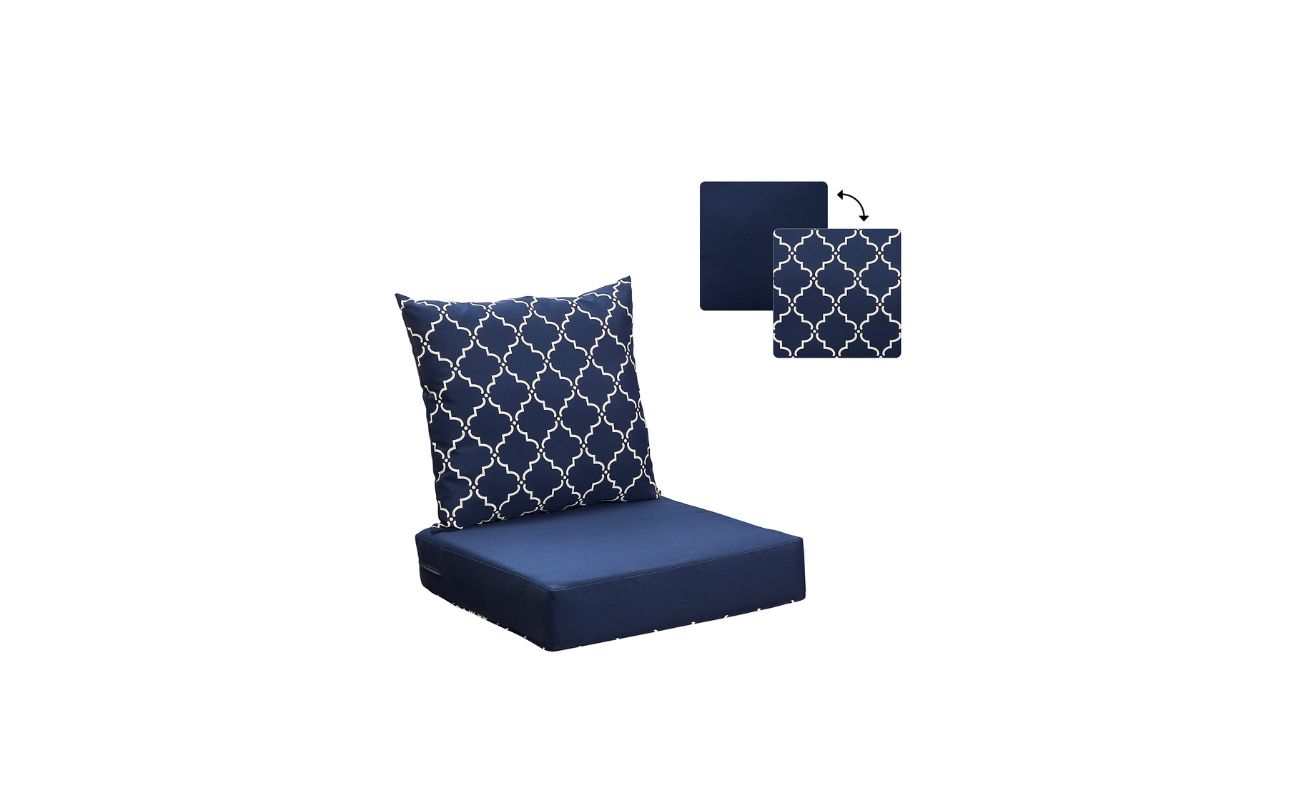
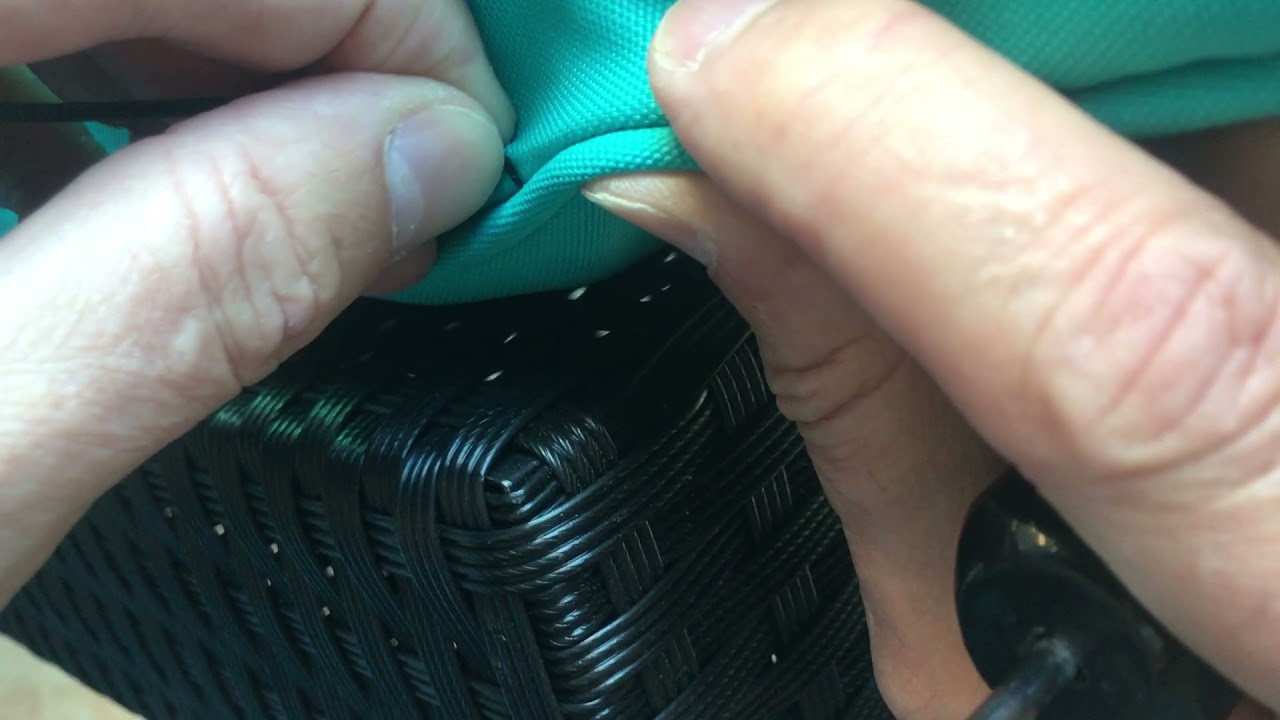
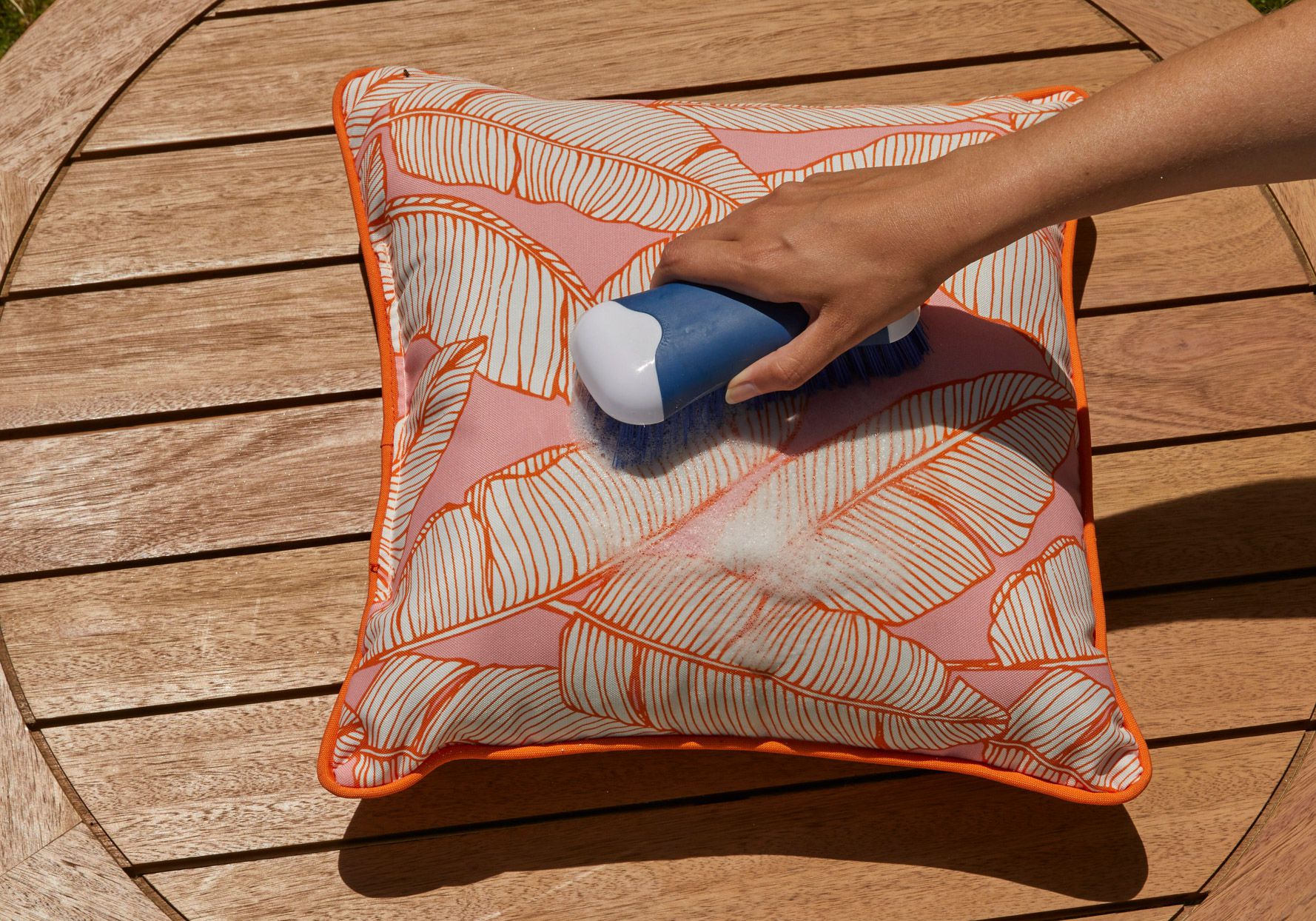

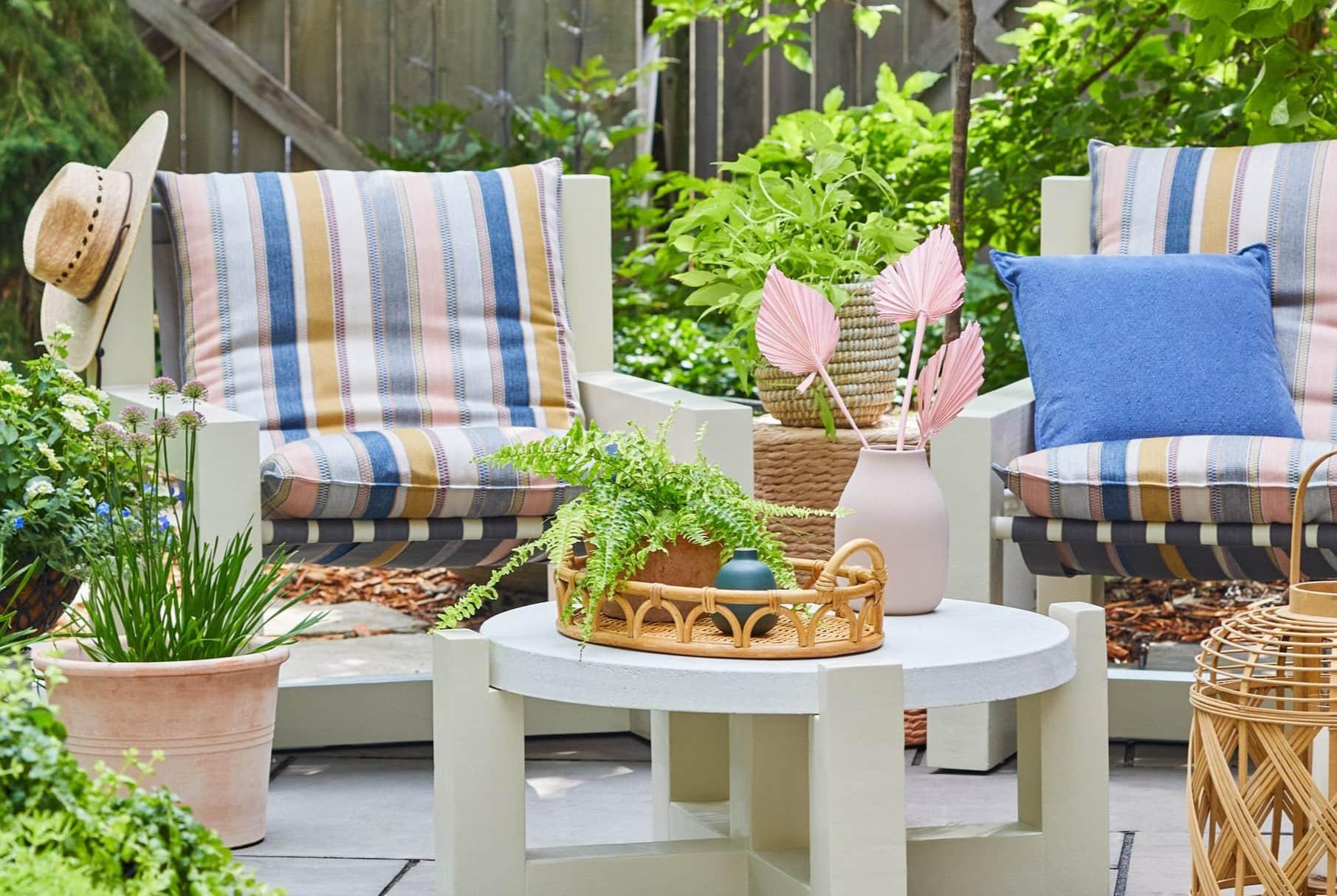
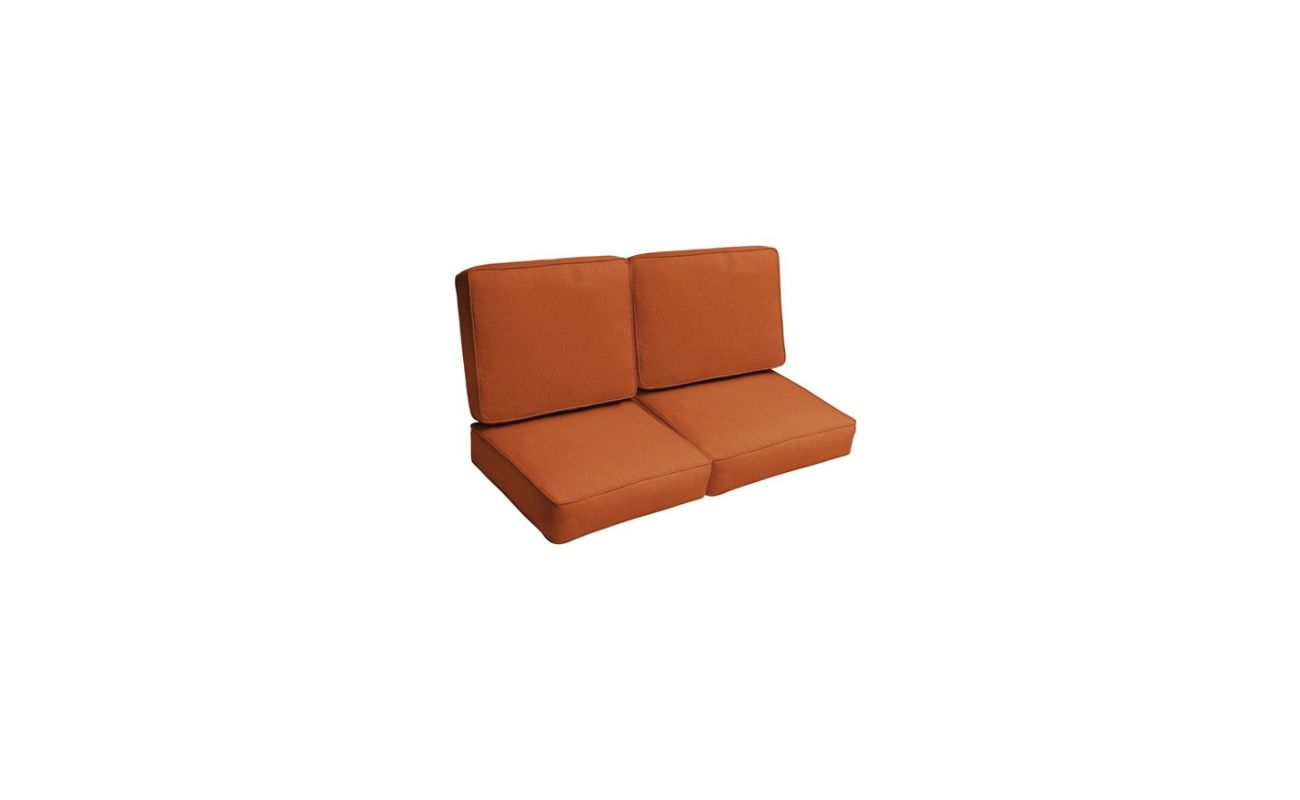
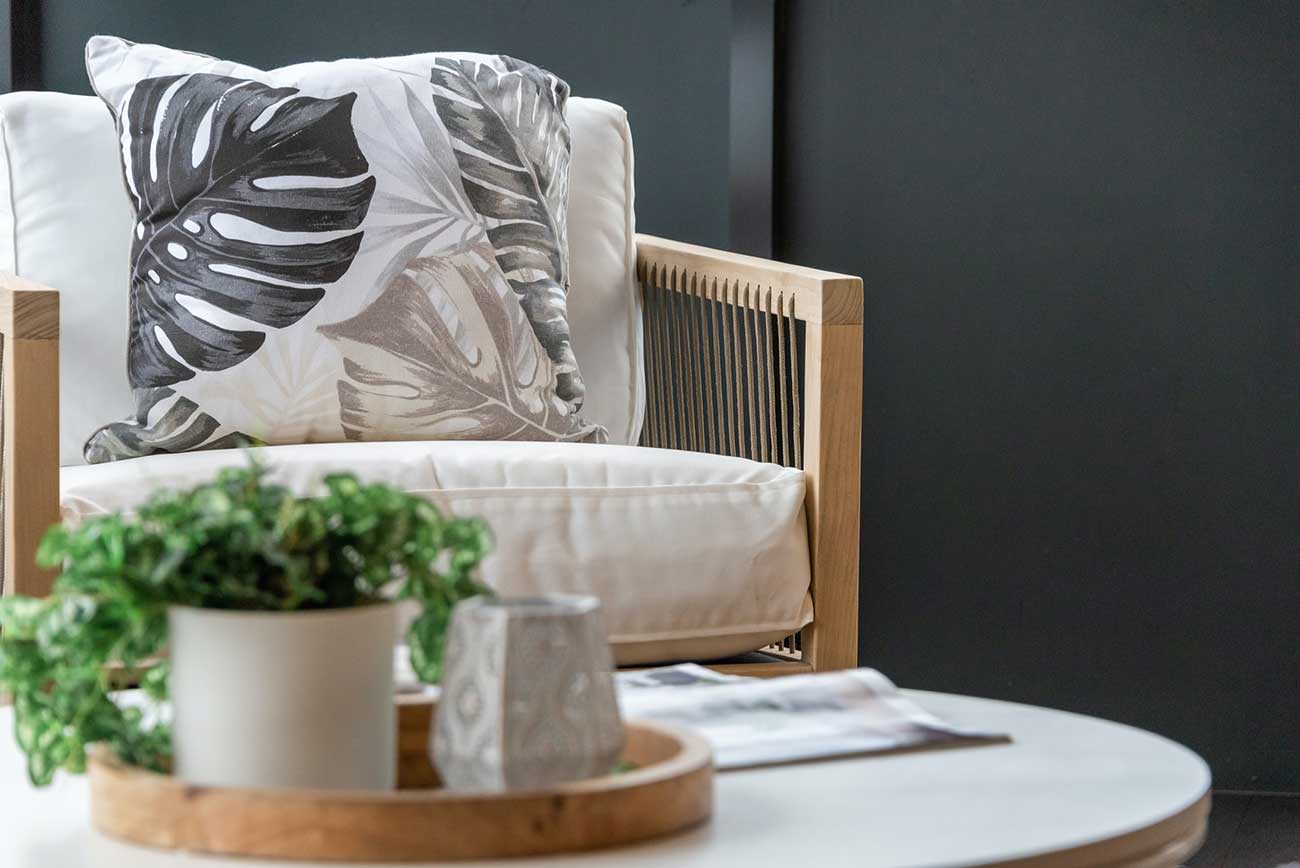
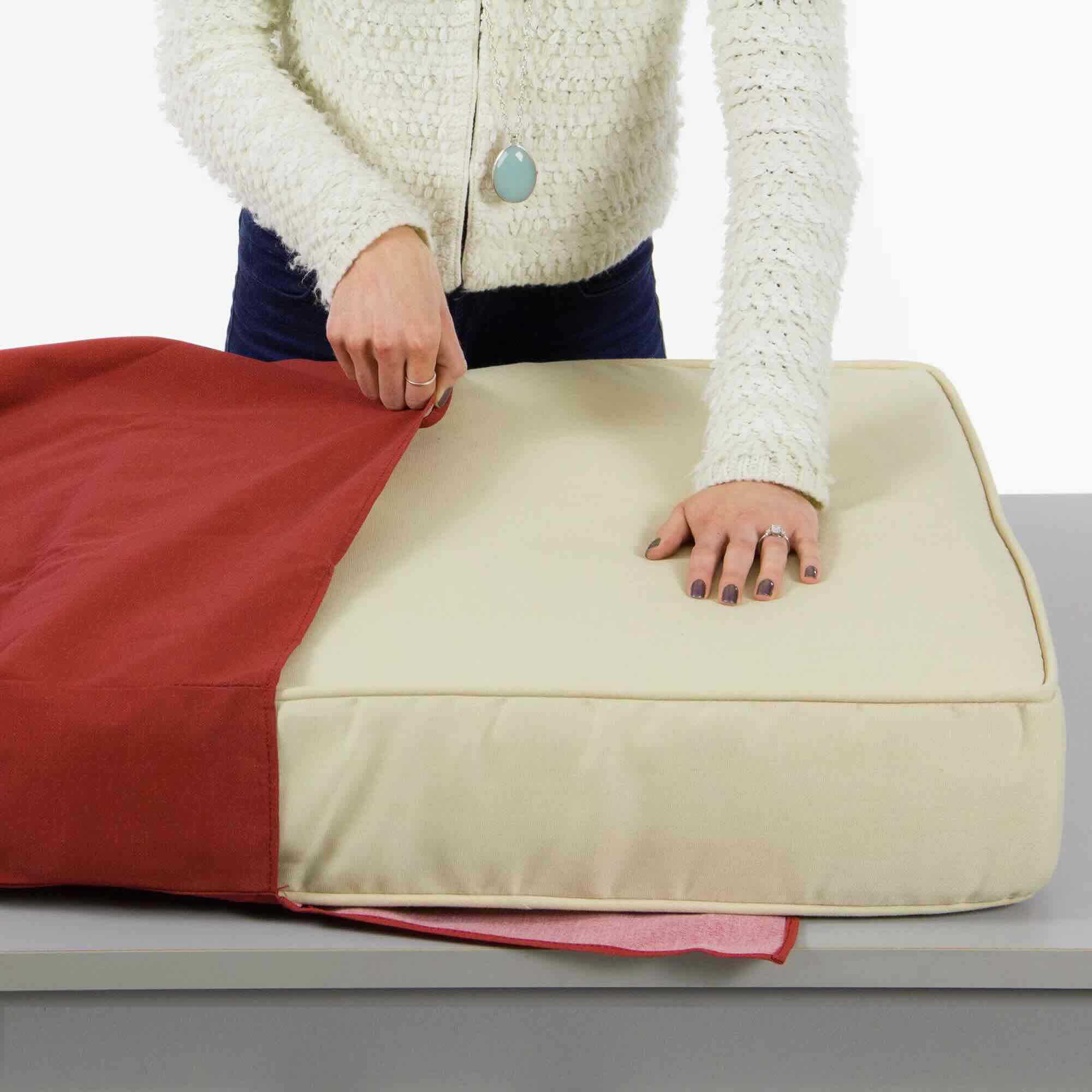


0 thoughts on “How To Store Patio Cushions”